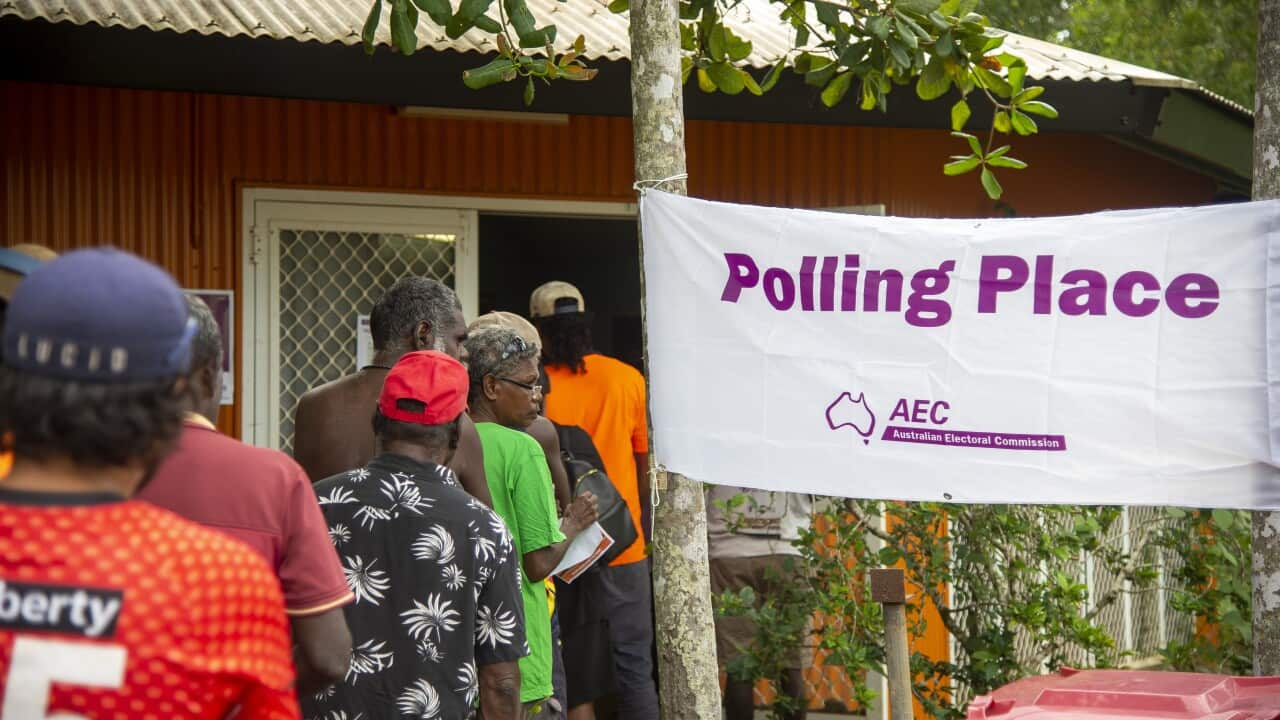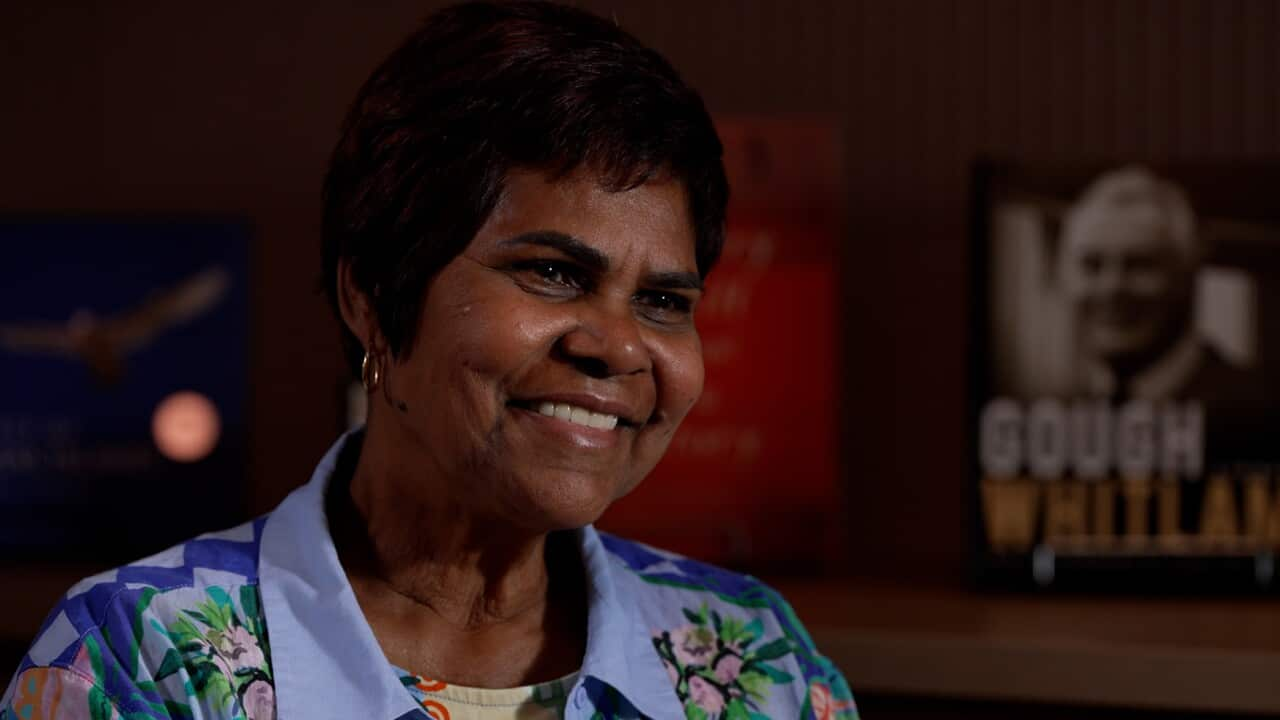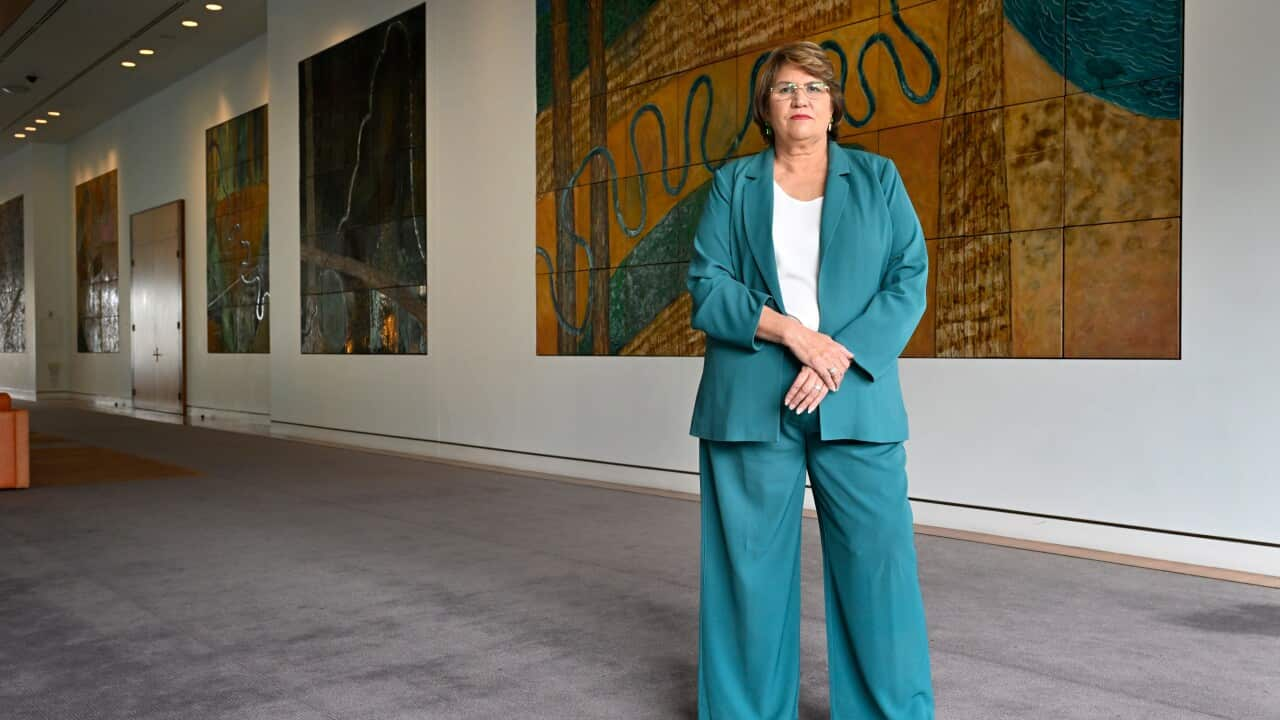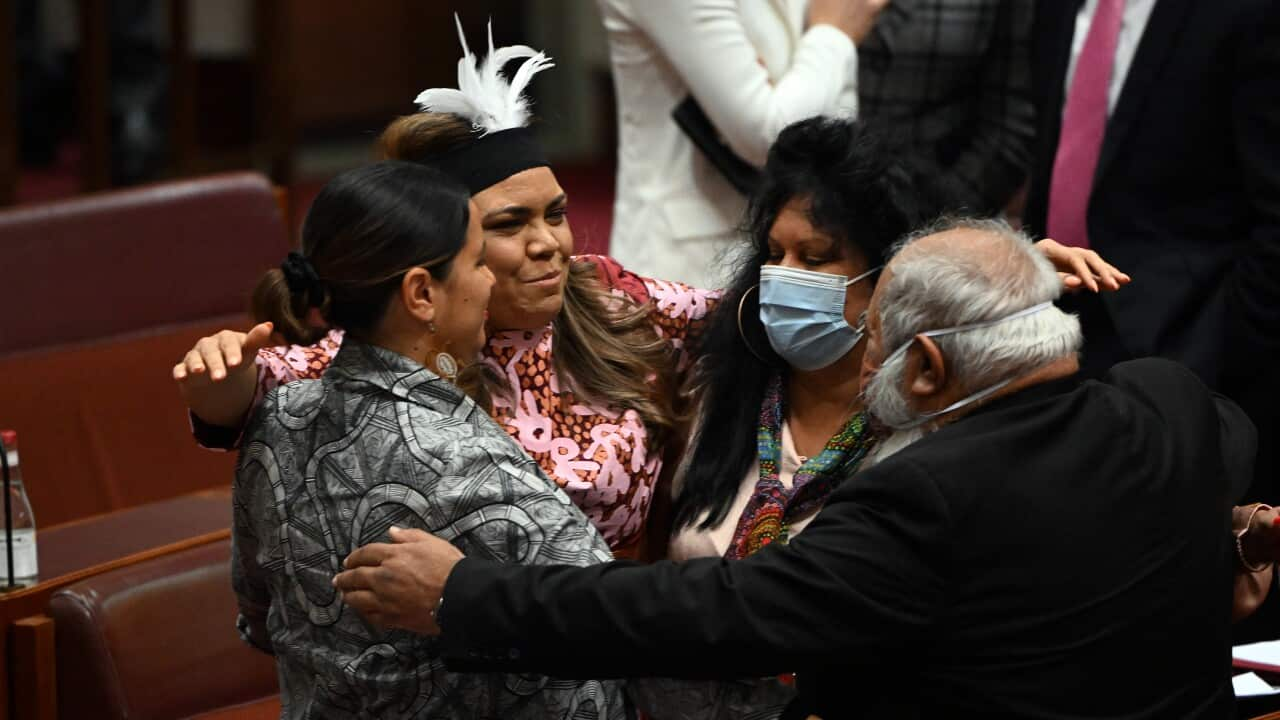From a hung parliament to a donkey vote - and don't get those two mixed up - sometimes the language used around elections can seem at best confusing and at worst designed to exclude or turn people off.
Here's some explanations to turn you into an instant expert - and you don't even have to ask Google or AI.
Why should I vote?
It is compulsory to vote in Australia, so you can be fined if you don’t.
But it is also one of the only real chances you get to make your voice heard.
Australia is a parliamentary democracy, which simply means people vote for candidates to represent them in a parliament.
The parliament makes laws on behalf of the people.
What is the difference between the Upper and Lower Houses?
The House of Representatives – the Lower House, (the green one you see people shouting in on the news) – is made up of 150 members of parliament (MPs).
Each MP represents an 'electorate', a geographical area containing about 150,000 people, hence why some are just a few suburbs and others (looking at you, Lingiari) are as big as countries.
MPs are elected every three years.
In order to form a majority government a party – or a coalition of parties, like the longstanding agreement between the Liberal and National parties - must win more than half the seats (76) in the Lower House.
If no one wins 76 seats, then we have a hung parliament.
In this situation one of the major parties – Labor or the Coalition – can form a minority government, if they can come to an agreement with enough crossbench MPs – independents and minor parties like the Greens.
Minority government means that independents and minor parties have a lot of bargaining power because the governing party needs their approval to pass legislation.
The Senate, also known as the Upper House and the House of Review (the red one, where you'll also see people shouting at each other), is made up of 76 senators, 12 from each state and two from each territory.
Senators from the states are elected for six-year terms, with half (six from each state) facing election every three years.
Territory senators are elected for three-year terms, every federal election.
Mob in parliament
Jagera man was the first Indigenous person to enter the Federal Parliament, when he was chosen to fill a casual vacancy in the Senate for the Liberal Party by Queensland in 1971.
Yamatji, Wongi and Noongar man became first Aboriginal person elected to the House of Reps when he won the WA seat of Hasluck for the Liberal Party in 2010, which he held until 2022.
Mr Wyatt resigned from the Liberal Party in 2023, over Opposition Leader Peter Dutton’s stance on the referendum on an Indigenous Voice to Parliament.
David Kennedy, who held the seat of Bendigo for Labor from 1969-1972, did not identify as Indigenous at the time of his political career but, after he retired, discovered he was a descendent of Tasmanian Aboriginal leader Mannalargenna.
What is preferential voting?
During election campaigns you might hear slogans like ‘Put the last’ (not an official political party in Australia, but does run candidates in the UK) – but what does that mean?
Preferential voting means you rank candidates in the order of your choice – so if the candidate you number 1 doesn’t rank, then your vote for your number 2 is considered and so on.
The way that votes are counted in the House of Reps is that first preferences are examined first; if no-one gets more than 50 per cent, then the candidate with the lowest number is excluded - and then all the votes for that candidate are redistributed to the person with a two next to their name on the ballot.
That process is repeated until one candidate is left standing - and they are elected.
Preferential voting matters for a few reasons, including that it offers a more accurate reflection of what the electorate is thinking than a simpler system.
One is the recent rise in popularity of independents and minor parties - you might have heard this week about Labor doing a 'preference deal with the Greens' or the Coalition doing a preference deal with Pauline Hanson's One Nation.
This means the parties have done a deal to preference another party, so on their how to vote cards - those pieces of paper volunteers wave at you as you walk in to vote - they recommend how they want you to number your vote.
What's the difference between voting above the line and below the line?
Senate ballot papers have a thick line going across them and you can choose to vote above or below the line.
Voting above the line means numbering at least 1 to six for parties or groups.
Below the line means numbering at least 12 candidates from 1 to as many as you wish - there are more than 30 in every state with Victoria registering the highest number at 65. The Territories have fewer candidates, with 17 in the NT and 14 in the ACT.
What's a donkey vote?
A donkey vote is NOT a vote for an ass, it's a term for when a voter simply numbers the boxes from 1 to the end in the order they are printed, without caring who gets their vote.
An informal vote is where a ballot paper has not been completed fully, is completed incorrectly (for example, if you number the boxes 1 to 33 and you leave out number 31) or you can identify who has voted.
Drawing on your ballot paper (yep, even THOSE drawings) doesn't necessarily make your vote informal - but those nice folk at the AEC do ask politely that you don't.
How do I vote for Prime Minister?
You don’t.
Australia is a constitutional monarchy, so our head of state is the English monarch (ahem, colonisation), currently King Charles III.
His representative in this country is the Governor-General, currently Sam Mostyn.
The Prime Minister is the leader of the Australian Government and chosen by a vote of the members of the party who wins the most seats in the House of Reps.
This is in stark contrast to the United States, where registered voters cast their ballots for president through the complicated American college system.
While a lot of the focus in Australia is on the two leaders of the major parties - Anthony Albanese, Labor, and Peter Dutton, Liberal - and one of them will end up becoming prime minister, they are not directly elected to be the head of the Australian government by the Australian people.
So how do I vote?
The Australian Electoral Commission (AEC) has official polling places in every electorate, which on Saturday, May 3, you can go to, get your name marked off the electoral roll and do your democratic duty.
If on election day, you’re out of your usual area, you can go to any polling place and ask to vote absentee (meaning you’re absent from your usual address).
If you know you’re going to be away overseas or working on May 7, you can apply for a postal vote or vote pre-poll.









